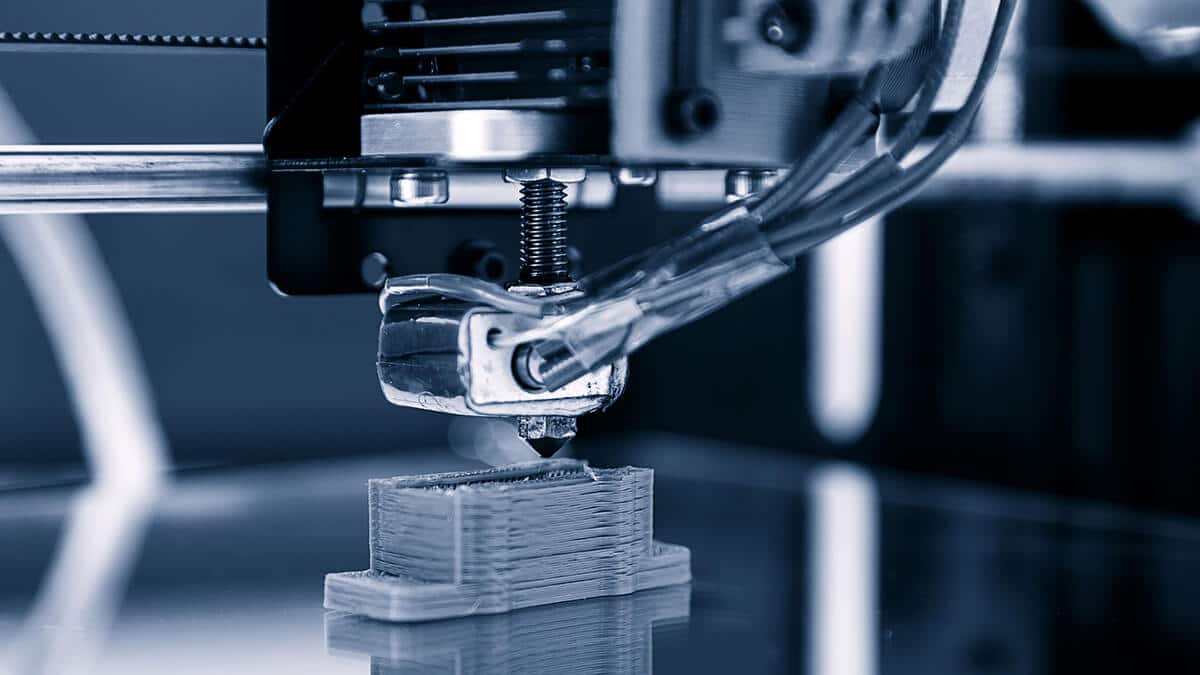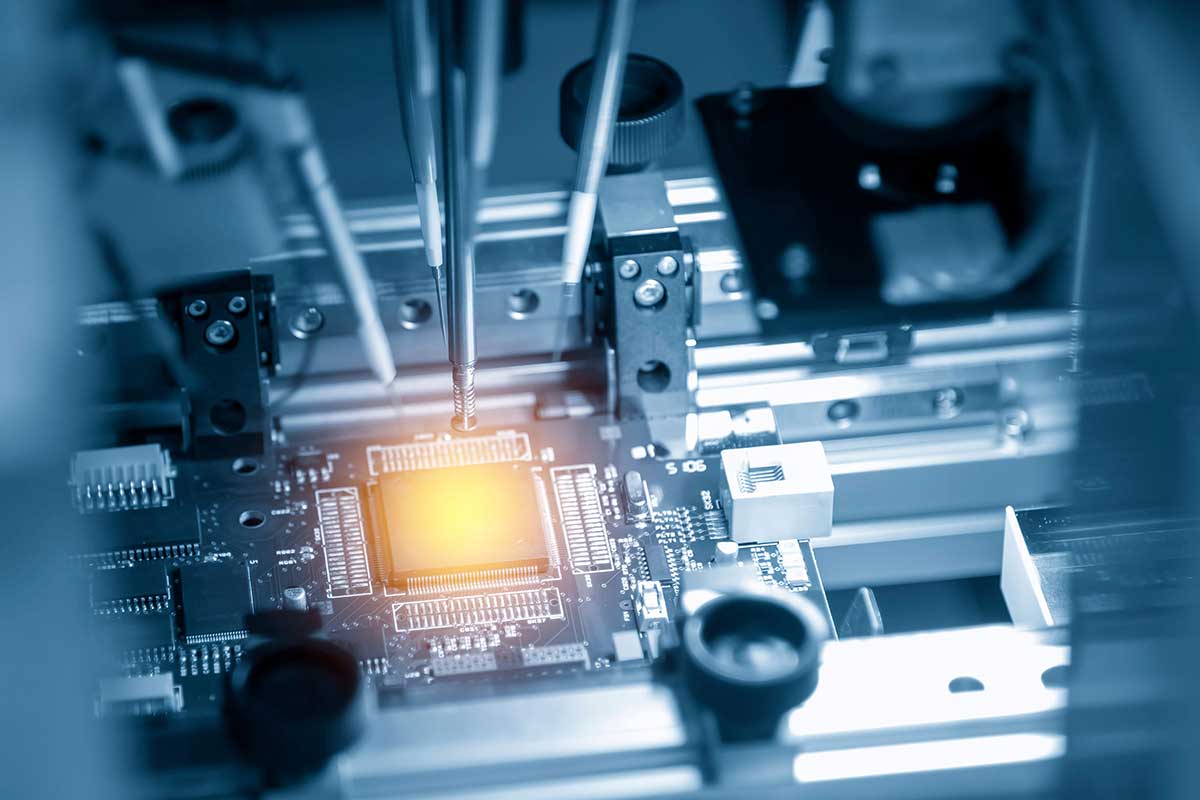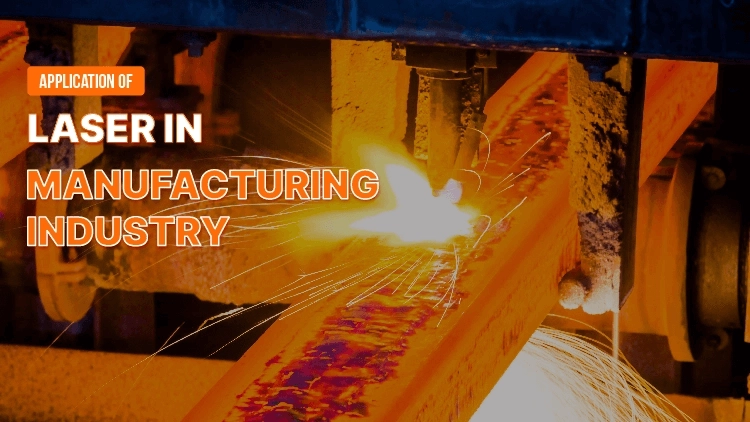Innovate with 10 promising electronics manufacturing trends in 2023

Electronic manufacturing has changed significantly since the Covid-19 pandemic, witnessing the introduction and improvement of many new technologies. In addition, the push from the wave of global digital transformation has contributed to orienting businesses to change in line with the trajectory of the digital economy. To catch up on the latest technology trends in the electronics manufacturing market, let's find out the article below!
1. Top 10 electronics manufacturing trends in 2023
The current electronics trends are developing very rapidly. That starts from advanced materials, organic electronics, and artificial intelligence, to embedded technologies, electronic printing, high-end component packaging, compact electronics, increasing production, and virtual reality. Check out each trend in detail below.
1.1. Advanced Materials
The semiconductor industry has been dependent on silicon for decades. However, the recent lack of silicon is giving rise to a new material with the potential to make electronics more eco-friendly, efficient, and smaller. Since then, innovation in electronic equipment manufacturing to increase the performance of integrated circuits comes from new materials and architectures.
Currently, there are many companies developing alternatives to silicon and other semiconductors or composite materials such as graphene and nano-materials with the goal of achieving high performance and efficiency.
1.2. Organic electronics
Organic electronics offer great advantages over traditional inorganic electronics. They are cost-effective, flexible, durable, optically transparent, lightweight and low power consumption. In addition, increasing awareness of sustainability and eco-friendly production of electronic components manufacturing has attracted manufacturers to opt for organic electronics.
Producing electronic circuit manufacturing with microbial components or with biodegradable and recyclable materials is considered the trend of the future. Furthermore, the application of organic materials to the manufacture of electronic devices allows manufacturers to use raw materials in a safer and more abundant manner. Thus, it creates new business opportunities for companies, and this will certainly give them a competitive edge in the long run.
1.3. Artificial Intelligence
AI-powered solutions are gaining popularity in every field. Artificial intelligence impacts the development of electronic manufacturing in two ways. That is creating demand for innovative electronic components capable of applying artificial intelligence and improving product design and manufacturing processes. Because conventional methods have limitations in reshaping the product development cycle, improving the design process, and reducing errors.
The application of AI (artificial intelligence) in electronic manufacturing is solving all the above limitations. Therefore, artificial intelligence is one of the most important technologies among electronic manufacturing trends.

1.4. IoT Technology
The rapid development of this trend creates an unprecedented opportunity for the electronic chip production. It re-evaluates the manufacturing process and manages the operations that are difficult to achieve with conventional methods. In other words, IoT allows electronic manufacturing machines to process and store data themselves while being digitally connected.
Continual improvements in sensor fabrication are also needed as sensors are key components enabling IoT applications. Furthermore, the transition to 5G-enabled devices requires innovative, flawless chips with more efficient architectures at a lower cost.
1.5. Embedded systems
Embedded systems are an integral part of today's electronic component manufacturing process. It plays an important role in determining the speed, security, size, and power of the device. As we are in the transition of a connected world, the demand for embedded systems is very high.
Thus, the field of electronic manufacture and design of such systems is undergoing many innovations to improve performance, security, and connectivity. Furthermore, in electronic manufacturing facilities, these systems are useful to enhance the control and monitor the machines.
1.6. Electronic printing
Printing electronic components on semiconductor substrates is the most effective way to reduce the overall cost of the manufacturing process. Therefore, electronic circuit manufacturing is always trying to solve this challenge by looking for new technologies and advances in traditional printing technology.
Unlike traditional semiconductors that use tiny wires as circuits, electronic printing devices are based on conductive inks and often flexible films.

1.7. Advanced IC packaging
In recent years, chip packaging has become a hot topic along with electronic chip production. Today, there are many limitations to the traditional way of scaling devices based on Moore's law.
On the other hand, semiconductors and electronic component manufacturing develop new advanced IC packaging technologies to provide greater silicon integration in increasingly miniaturized packages. This also allows manufacturers to offer customization and improve productivity by stacking modular components vertically. In addition, advanced microchip packaging optimizes the production process to balance customer needs with overall costs.
1.8. Miniature electronics
The improvement of electronic manufacturing allows the use of miniaturized electronics in a number of new areas of application. In particular, applications for healthcare and the automotive industry have space constraints when it comes to deploying specific devices. In the past, the concept of miniaturization was limited by their processing power, screen, and actual battery, not by the built-in electronics.
Another important aspect of electronic component manufacturing is integrating more and more features into a single component. For example, nano lattice sensors and foresheet FETs are some of the recent developments in miniature electronic components.
1.9. Additive manufacturing
Additive manufacturing is the process of making a product based on a three-dimensional digital blueprint. Some other names for this trend are rapid prototyping, direct digital manufacturing, additive manufacturing, cumulative manufacturing, and more.
The implementation of this electronic component manufacturing trend will help change the way businesses manufacture. More specifically, it accelerates prototyping, provides mass customization, and decentralizes the production of parts.
1.10. Simulation Technology
There is a great dependence on the human factor in the various stages of electronic manufacturing. Therefore, there is a possibility of human error, and it definitely affects the overall production efficiency. The application of simulation technology is an effective solution to overcome these challenges.
Such solutions will help test design objects at any scale, thereby eliminating defects in the product at the design stage.

2. Impact of 10 electronics manufacturing trends on the market
The application of 10 new electronic manufacturing trends will help enterprises increase production efficiency, reduce costs and create better quality electronic products and achieve many other benefits. More specific:
2.1 Increase production efficiency
Thanks to the application of new electronic manufacturing technology, post-production electronic products will have higher quality and accuracy, helping to improve the user experience.
2.2 Reduce product cost
The use of smaller and more energy-efficient electronic components will help the company reduce production costs. Thereby, businesses can reduce selling prices for users.
2.3 Widespread smart electronics and IoT products
According to the development of IoT technology and smart electronics manufacturing, related products will reach more users. This will create many new business opportunities for businesses.
2.4 AI technology is effectively optimized in electronic manufacturing
By using artificial intelligence in electronic manufacturing, businesses can improve production efficiency, increase accuracy, and reduce errors in the production process.
On the other hand, participating in technology exhibitions is one of the fastest ways for businesses to access cutting-edge electronic manufacturing trends; at the same time, introduce their new products and technologies to potential customers and partners in many fields. Industry and technology exhibitions are also the perfect opportunity for businesses to expand their business networks.
To realize that and promote the development of the domestic electronics industry, the 15th NEPCON Vietnam 2023 international electronics exhibition (in Hanoi) and the 16th (in Ho Chi Minh City) have been kicked off. This is one of the most prestigious and influential exhibitions in Vietnam in the field of electronics and technology. NEPCON promises to be a commercial bridge for more than 300 global businesses connecting with thousands of potential customers this year. NEPCON Vietnam 2023 will be held in both HCMC and Hanoi.
Specifically:
- Hanoi: September 6 - September 8 | Viet-Soviet Palace - I.C.E Hanoi
- HCMC: October 4 - October 6 | Saigon Exhibition and Convention Center (SECC)






